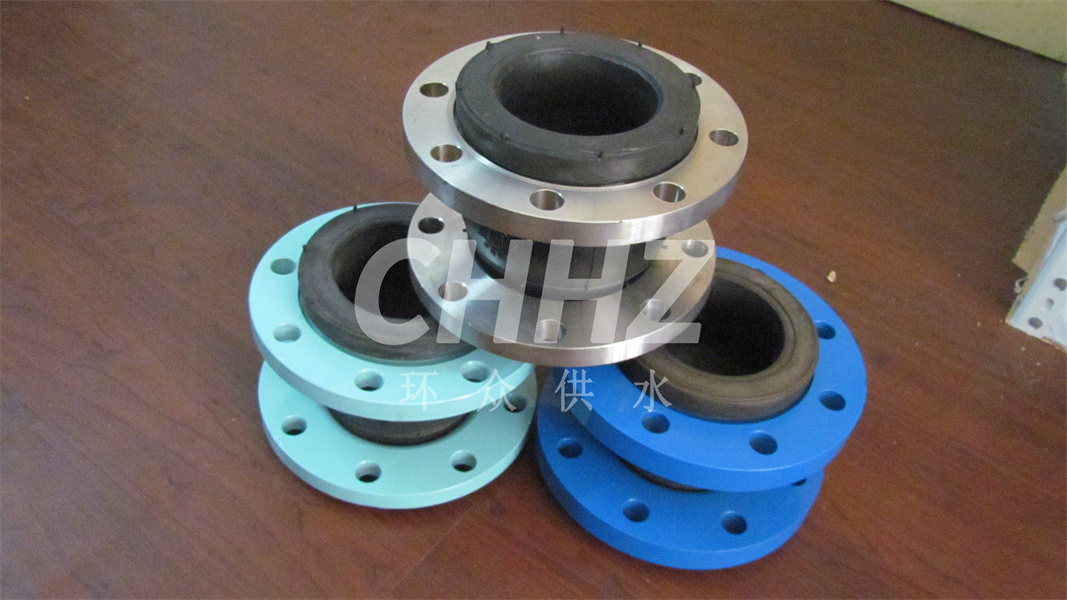How to deal with the rusty flange of rubber expansion joint?
Rubber expansion joints are composed of rubber spheres and flanges, but we all know that the flanges of rubber expansion joints will rust after a period of use. The flange of rubber expansion joint is divided into three kinds of cast steel flange, forged flange and stainless steel flange.
For rust prevention, we should take into account the flange storage, transportation, and the use of the entire process of rust prevention requirements and cycle, to take the rust prevention methods suitable for the entire process
Cast steel flange more than the use of spraying anti-corrosion treatment, so that the casting process generated by the pores covered by plastic powder, will make up for the shortcomings of the carbon steel flange, from the appearance of almost invisible pore phenomenon.
Stainless steel flange surface has a protective film, because of its unique advantages, without any treatment, can be used directly, and more widely used in the anti-corrosion pipeline. Although the stainless steel flange rubber expansion joint is not easy to rust, but also the stainless steel flange rubber expansion joint should be treated. The good or bad treatment directly affects the future use.
There are some small amount of rust spots can also be removed with tools, wire brush, scraper, etc. can remove loose oxide, rust, welding slag, etc.. After removing the rust also need to be timely applied antiseptic.
The flange can be soaked in hydrochloric acid solution. The hydrogen chloride will react with the rust and then achieve the purpose of removing the rust. Since it is a kind of strong acid, it should be implemented to avoid contact with human body, or you can use a weaker acid to clean it.
It also needs to be checked regularly, and the life of the flange can be prolonged if the rust is found to be dealt with immediately and protected.
